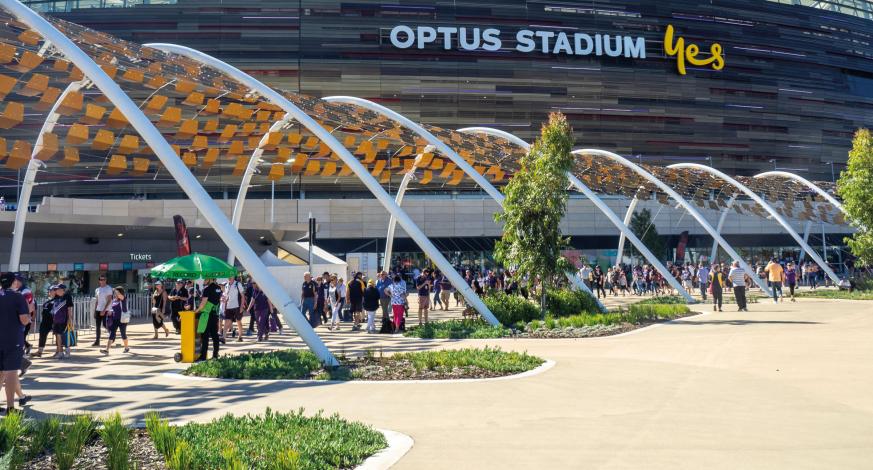Access and Permits
We provide accurate, timely technical advice and dedicated customer service in issuing permits, coordinating Traffic Escorts for Oversize Overmass loads and managing Restricted Access Vehicles (RAV) route assessments through our Heavy Vehicle Services area. We also provide a strategic, sustainable network approach to RAV road access based on safety, productivity, and asset preservation, as well as administering the WA Performance Based Standards Scheme. Similarly we coordinate consultative groups, which have been established to improve safety, efficiency and effectiveness of road freight transport through direct communication and coordinated action with the WA heavy vehicle transport industry.
| |
Jul 2017 to Dec 2017 |
Jan 2018 to Jun 2018
|
| Single Trip Permits |
4582 |
6052 |
| Period Permits |
6677 |
8109 |
|
Special Purpose VehiclePermits
|
1238 |
1156 |
|
Total Number ofPermits Issued
|
12497 |
15317 |
Introduction of Body Worn Cameras
We commenced the use of Body Worn Cameras in June 2018, allowing for the recording of events electronically as they occur. Set to deliver a range of benefits, specifically relating to the gathering of evidence the introduction of the cameras will achieve:
- a reduction in Road Transport Inspectors time spent on paperwork meaning an increase in time on patrol
- improved collection of evidence
- moderated behaviour of people at incidents
- reinforce Road Transport Inspectors conduct and professionalism
- reduction in complaints against Road Transport Inspectors
- reduction in ‘not guilty’ pleas.
Badgingarra Wind Farms – Transportation of Blades
To ensure the safe and successful movement of large components required to build the Badgingarra Wind Farm, we are working with the internationally experienced local Transport Operator Mammoet Australia. The Badgingarra Wind Farm will consist of 37 wind turbines with a total of 111 blades. Each of the 111 blades needs to be transported from the Australian Marine Complex in Henderson to Badgingarra, prior to construction of the turbine.
When loaded, the blade length combination is 76 metres, with a width of 4.5 metres and weight around 29.6 tonnes, excluding the truck and trailer. Escorted by a Traffic Escort Warden and five Licensed Pilots, these oversize loads travel at a safe speed of 70 kilometres per hour, moving slower during turning manoeuvres. The entire journey is 260 kilometres and initially was made in two stages – a night move from Henderson to Apple Street followed by the trip from Apple Street to Badgingarra at sun-rise.
Nearly 300 moves will be required to transport the turbine components including the blades, generators and cells to their destination. In preparation for this, roadworks were undertaken at relevant intersections and at the Apple Street Road Train Assembly Area. To reduce road congestion and impact on the travelling public as well as increase productivity for the company, we introduced night time rolling road block convoys that will see the movement of three blades in convoy, leaving Henderson at approximately 10.30pm and arriving at Badgingarra around 4.30am the following morning. The wind farm is 180 kilometres north of Perth and due for completion in 2019.



